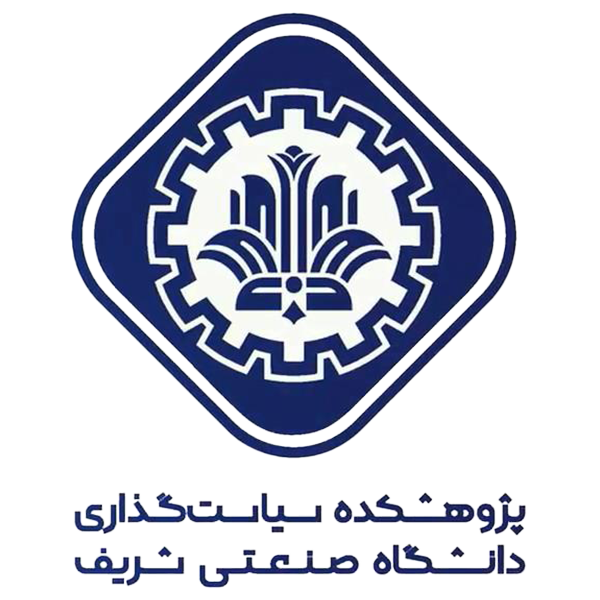The human population is placed in an ecological context that supports and also limits human activities. Migration, as one of the types of human actions, expresses the relationship between humans and the environment. Human population movements have been closely related to ecological changes, both cumulative and acute. Permanent or temporary migration has always been one of the most important survival strategies adopted by human societies and individuals in the face of natural or human disasters. However, our knowledge of the complex two-way relationship between environmental changes and migration is still limited.
Iran is one of the countries that is most affected by climate change due to its geographical location due to its location in the dry belt of the world, the decrease in rainfall and increase in temperature, which are considered to be the most important indicators of climate change, in some parts of the country, lead to permanent migrations and It is seasonal.
The migrations that occur due to the occurrence of ecological crises will be mostly family and rural and founding and will cause the evacuation of villages. Researchers have mentioned the effects of climate change on migration as climate refugees. According to Seyedah Elham Azizi, the head of the climate change group of the Environmental Protection Organization (1401), no scientific research has yet been conducted to show how many residents of the Iranian plateau have migrated permanently or seasonally due to climate change. Therefore, obtaining comprehensive information on the amount of ecological migrations and investigating its causes and effects will be one of the scientific challenges that we are facing in the think tank.

Sharif Policy Research Institute (SPRI)
Islamic Republic of Iran
